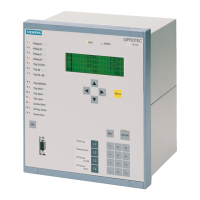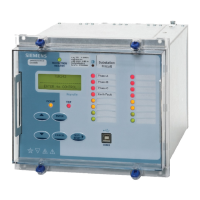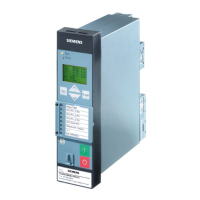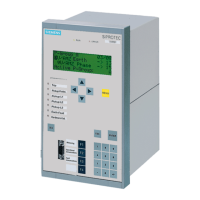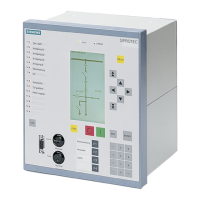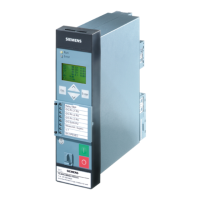7UT51 v3
Ground Differential Protection (87N)
7
PRIM-2330C 95
7.4 Normal Operational
Status
Like the other protection functions, the ground
differential function (87N) can be set either to exist or
not exist. If it exists, it monitors the ground current of
the object specified in Address 7819.
Once made existent, the 87N function can be
configured. Its normal operational status is set in
Address 1901.
7.5 Pickup Level and Limit
Angle
The critical limit angle (Address 1904) determines the
restraint of the protection. It indicates at which phase
displacement (between the common current and the
sum of the phase currents) the restraint grows to
infinity when the currents are the same magnitude and
flow through the protected object. An angle of 180°
means that the currents have equal phase because of
the definition that all currents entering the protected
zone are positive. The smaller the critical limit angle,
the higher the restraint. The preset critical limit angle
corresponds to a restraint factor k = 1 in the restraint
equation.
7819 REF PROT.
Existence and monitored winding of the ground
differential protection function (87N). The relay must
be a 7UT513 that was ordered with the ground
differential protection option.
Option Description
DISABLED 87N function does not exist (default).
WINDING 1 87N function exists and monitors
Winding 1 of the protected object.
WINDING 2 87N function exists and monitors
Winding 2 of the protected object.
WINDING 3 87N function exists and monitors
Winding 3 of the protected object.
VIRTUAL
OBJECT
87N function exists and monitors a
separate, “virtual” object.
1901 RGF STATUS
Normal operational status of ground differential
protection (87N).
Option Description
OFF 87N function is inactive (default).
ON 87N function is active.
BLOCK
TRIPPING
87N function is active except that
trip contacts and signal contacts
will not respond to 87N trip events.
1904 CRIT.ANGLE
Critical limit angle for absolute restraint during
through
-
flowing ground current
Option Description
90 ° corresponds to restraint factor k → ∞
100 ° corresponds to restraint factor k ≈ 4
110 ° corresponds to restraint factor k ≈ 2
120 ° corresponds to restraint factor k ≈ 1.4
130 ° corresponds to restraint factor k ≈ 1

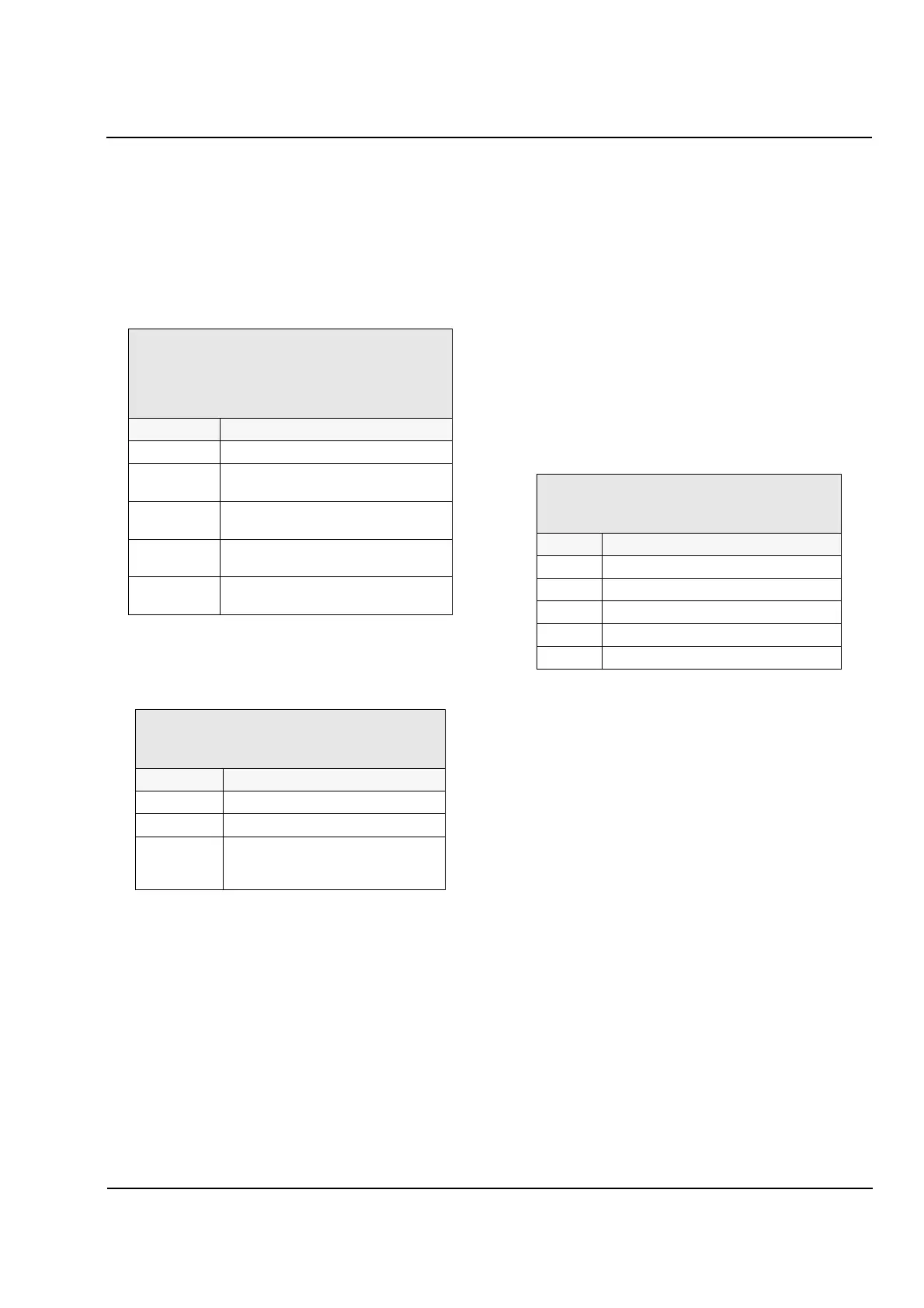